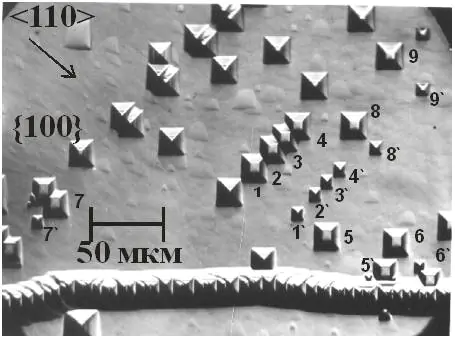Laboratory of Mechanical Properties of Crystals
The laboratory conducts theoretical and experimental research in the field of studying the mechanical properties of crystals, as well as methods of influencing these properties using external influences, including ultrasonic and electromagnetic processing of crystals in order to control their real structure.
The scope of the Laboratory's activities also includes the search for new functional crystalline materials, the development of methods for their production and the principles of their use in modern technology.
One of the key directions in the laboratory is research in the field of dislocation physics, both from the point of view of long-range internal stress fields created by dislocations, and in the sense of studying the mechanisms controlling their mobility, i.e. the plasticity of the crystal. A wide variety of studies are being conducted in this area at the level of individual dislocations and by macro-deformation of crystals.
- Dynamics of dislocations
- Microhardness
- Optical micrometry

Research directions
The magnetoplastic effect





